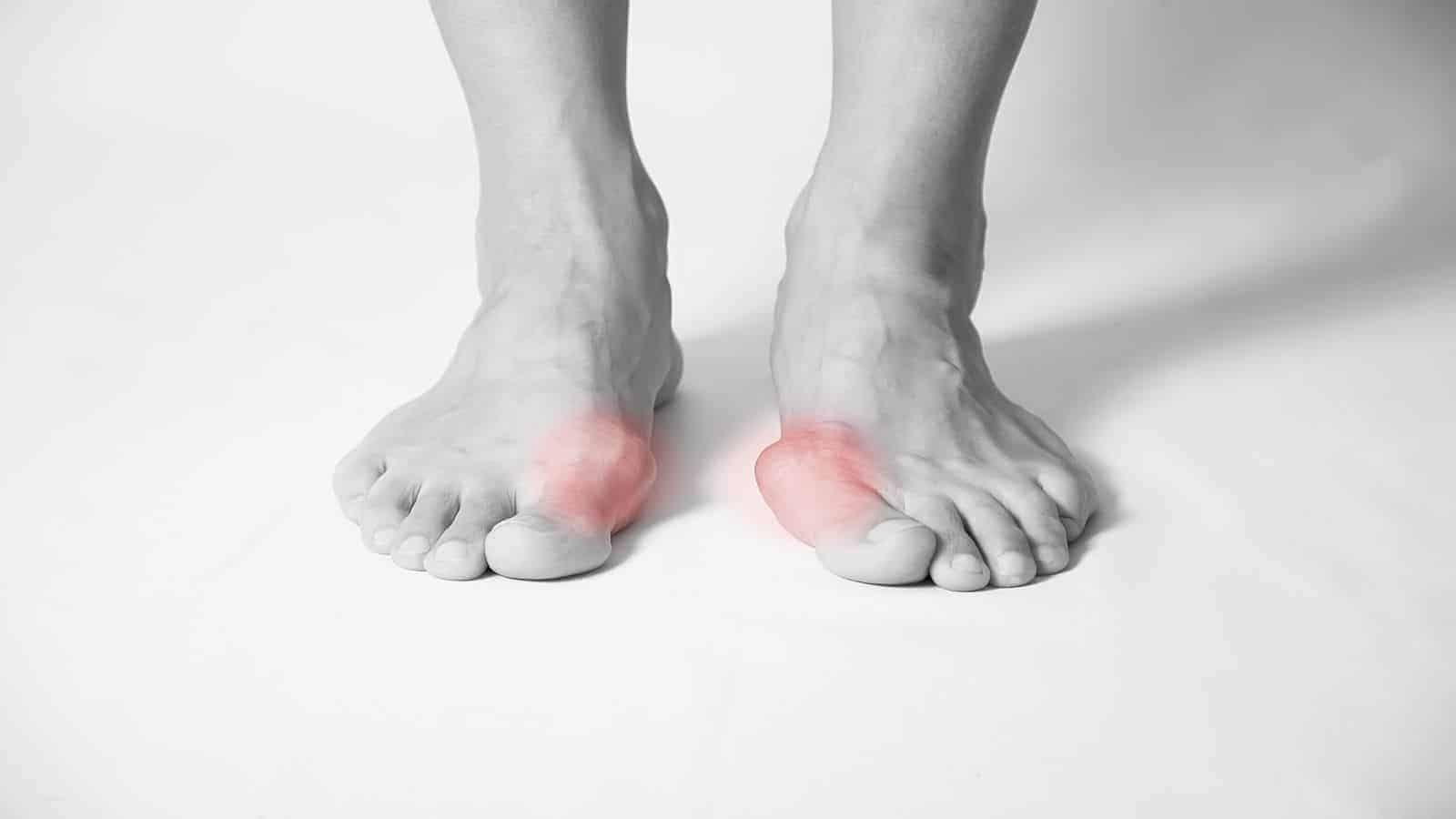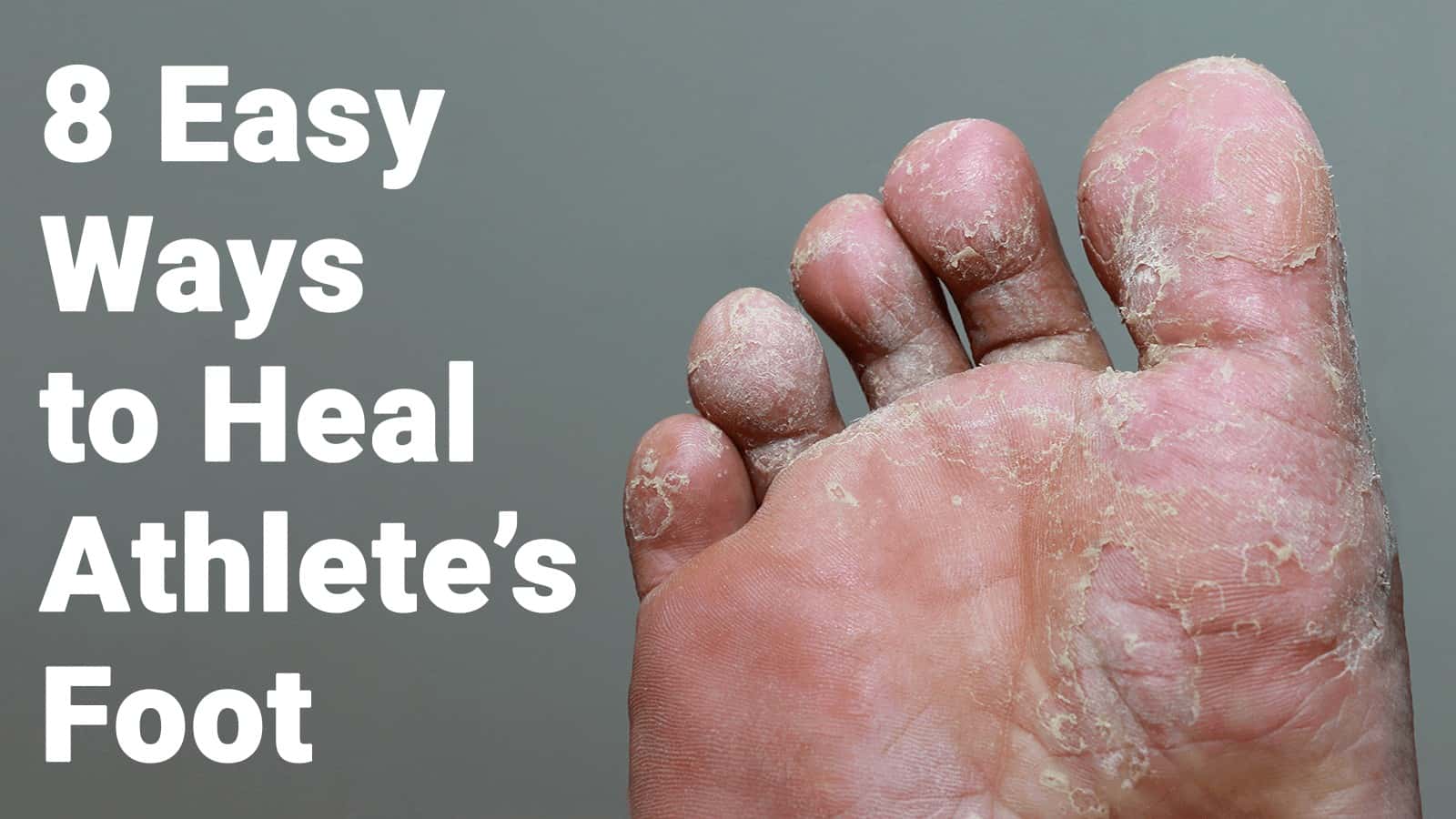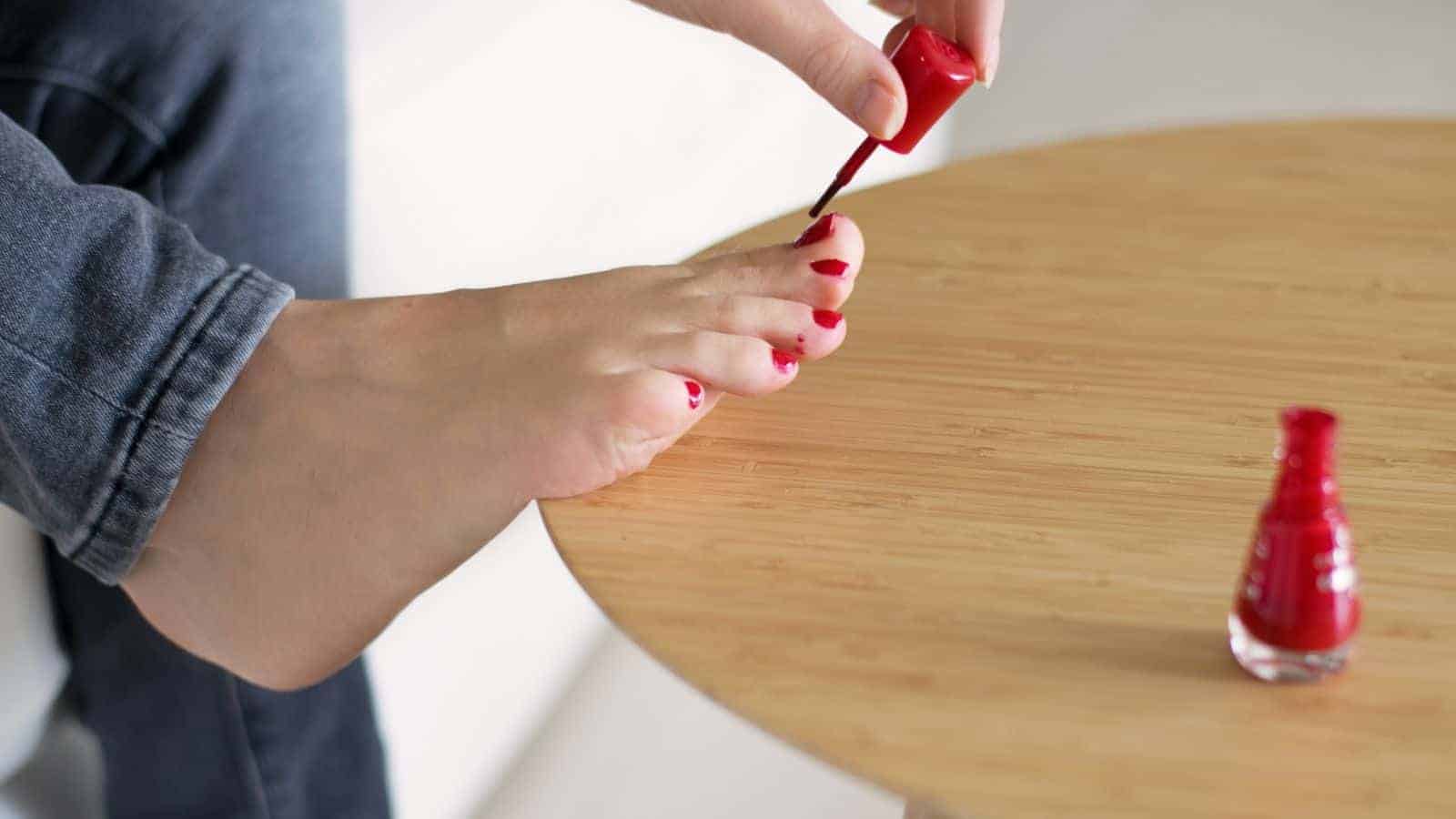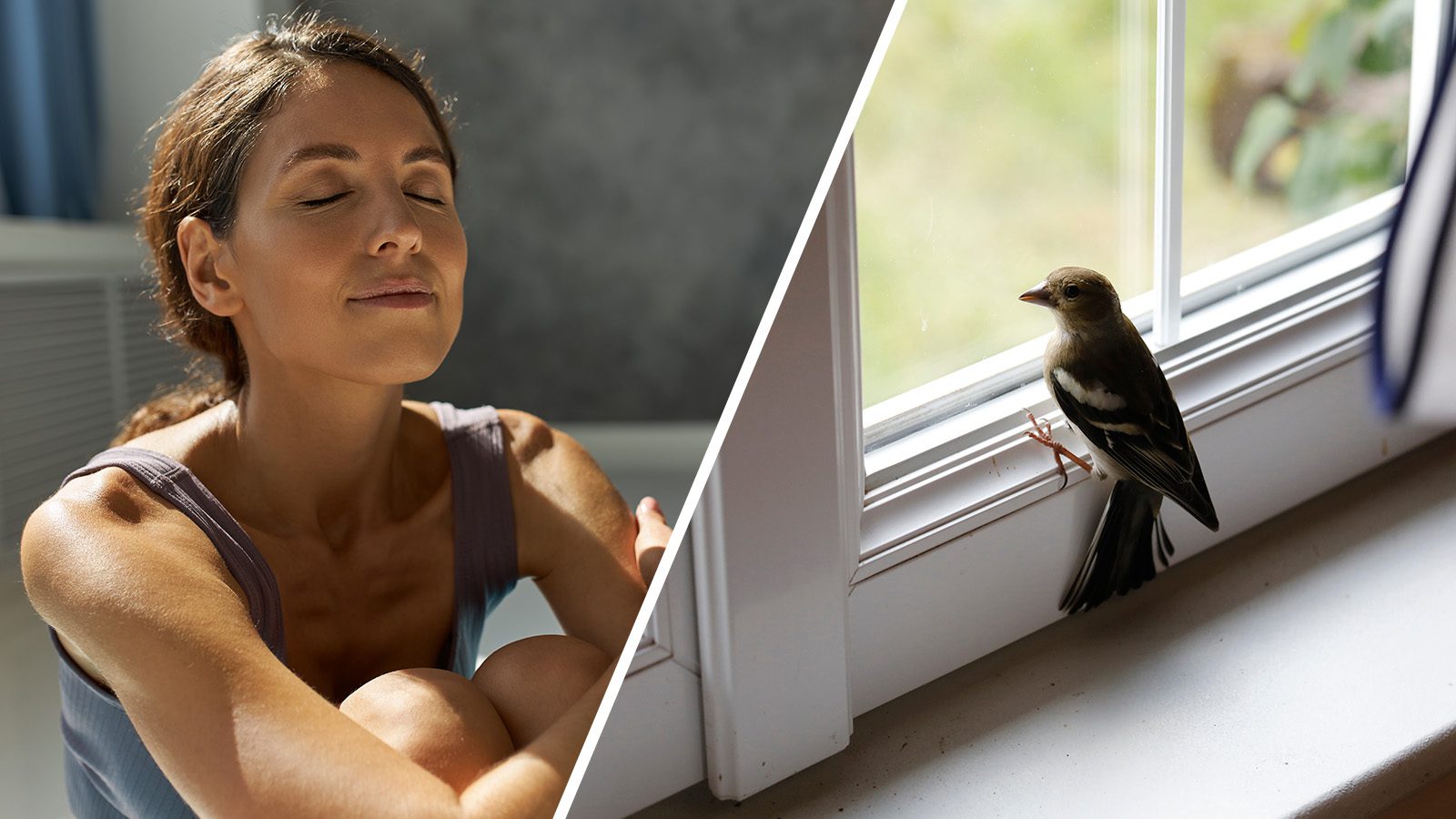Podiatric problems are always a big issue because you need your feet to take you where you need to go. A bunion can make wearing shoes impossible for some. It’s part of a progressive bone disorder that starts at the base of the big toe.
The large, bony bump is hard to ignore, and when putting on your socks and shoes, bunion pain can be unbearable. It will only get worse if not treated, and it can cause problems with neighboring toes too. The medical term for a bunion is a hallux valgus.
The boney structure forms at the MTP joint or the metatarsophalangeal. It’s a structural problem that messes with the integrity of the foot. When this joint is out of alignment, then the entire foot won’t line up correctly.
The bunion is on the first toe, and it will push into the second toe, making it crooked. The joint will stick out and make walking painful.
The Causes of Bunions
Bunions develop primarily in adults, but in some rare instances, they will appear in younger children. If a juvenile has an issue with these bone growths, it’s due to a hereditary condition. It’s possible to have hallus valgus from birth but never get an actual bunion.
As your shoes become crowded, the misalignment of the toes will increase the risk of developing this bony structure. However, crowded toes won’t directly be the cause of your bunion.
It’s rare, but a bunion can also form at the base of the small toe rather than the large toe. When this happens, they are referred to as a tailor’s bunion. The medical term is a bunionette.
It’s believed that genetics play a part in the development of bunions, but there can be other factors that come into play. Here is a list of other possible causes:
•Injuries to the foot or toe
•A big toe bone that moves around a lot
•Rheumatoid or different types of arthritis
•Medical issues that affect muscles and nerves
•Feet that haven’t developed properly from birth
•Wearing high-heeled shoes
Having this boney growth on the side of your toe is not that uncommon. It’s estimated that half of all adults will get them and around two percent of children under the age of ten. Though developing bunions in the younger generation is rare, if they are going to occur, it’s almost always between 10-15 years of age.
The toe should move up and down and all around, but the boney growth restricts movement.
Symptoms of Bunions
A bunion is not hard to diagnose as it’s a large bump that sits on the side of the toe. The lump causes the other toes to shift to accommodate for the nodule. Here are some other symptoms of bunions:
•Foot pain
•Numbness
•Tingling or burning sensations
•Swelling on the big toe
•Thicker than average skin on the toe with the bunion
•Calluses on the underside of the foot
•Redness
•Corns
•Restriction in movement on the affected toe
•Can’t wear certain shoes, especially high heels
•May start as a small corn-like lump, but it gets bigger over time
•Walking can be difficult and painful
Common Complications
Unfortunately, having this boney cyst on the side of your foot can cause all sorts of complications. The following issues have been reported:
•Bursitis – inflammation in the fluid-filled pads that provide cushion to muscles and tendons
•Hammertoe – the joint bends from the pressure of the big toe on other toes
•Metatarsalgia – foot pain that occurs on the ball of the feet
•Calluses
•Foot Pain
•Trouble walking or the inability to walk from pain
•Arthritis
•Toe restriction
If it hurts to put on your shoes, try wearing something like crocs or flip flops that are open or have a full top. It will relieve some of the pressure that is on your foot. However, the only way to correct this problem is to remove the boney growth from the toe.
Making a Diagnosis
It’s not difficult for a podiatrist to make a diagnosis of a bunion. By conducting a physical examination and doing an x-ray, they can easily see the nodule at the base of the toe. The x-ray will give the foot doctor an indication of the severity of the growth and what should be done to treat it.
Living with a Bunion
While surgery is an unavoidable way to treat this condition, many people don’t feel their case is bad enough to warrant such an action. There are things that you can do to prolong the inevitable, especially if you’re not in severe pain.
•Adjust your footwear
Wear shoes that allow plenty of room for your feet to move. The bunion will need a wide-with shoe, so you need to ensure you don’t wear anything too restrictive, and that can cause unnecessary pressure on the toes.
•Have your feet measured at a shoe store
Many people measure their feet by putting on shoes that fit. However, it’s common for folks to be wearing ill-fitting shoes. Getting a proper measurement will allow you to buy shoes that are customized for your feet.
Plus, if you try to cram your foot into a shoe that doesn’t fit right, it can cause the bunion to become inflamed from irritation.
• Shoe Inserts
Orthotics are popular choices for all types of foot discomforts. You can find them at just about any drug store around the country. If you need a custom pair, then your podiatrist can fit and make a pair just for your feet. You can purchase these online too.
• Splinting Devices
Putting the toe back into proper alignment can relieve some of the pain as well as make wearing shoes easier. There are special splints that help to straighten the bunion, but you can also use padding or tape to get it into the proper position.
If your bunion isn’t too bad, then this may be all the treatment you need. Plus, if you keep it from becoming aggravated, then you may not require surgical intervention.
• Adjust your activities
If you have increased pain when you stand for long periods, then you should avoid activities that require standing. If contact sports increase your pain, then avoid them. Anything you do to aggravate this growth is only going to cause inflammation and more trouble.
• Use Cold Therapy
If the area becomes swelled, then you need to apply ice for up to 20 minutes. Avoid heat as it may feel good, but it can make inflammation worse.
The Treatment Options for Bunions
You only have two options when it comes to treatment. You can either use medications or have surgery. While ibuprofen helps with pain and swelling, it has some dangerous side effects that you should be wary of with continued use. Herbal remedies, like turmeric and willow bark, can provide the same level of relief without the side effects.
Surgery may be your only option if you are in constant pain, as there is no other way to remove this extra bone. First, they must remove the bunion. They open the skin and remove this excess bone growth. They will also adjust the ligaments if the alignment is terribly wrong.
Second, if the adjacent toe has become hammered because of the strain, it will need to be straightened. They do this by tightening the ligaments and straightening the toe with a pin. The tip of the pin will remain on the outside of the toe for a few weeks, so follow up care is essential.
Final Thoughts: Prevention of Bunions is the Best Choice
To prevent bunions in the future, make sure to wear wide toe box style shoes that allow for plenty of breathing room. Also, though high heels with pointy toes are a fashion statement, they should be avoided. Anything that is going to squeeze cramp, press, or irritate the feet should be avoided.
The outlook on someone with bunions varies by case. Some develop a small boney growth that never requires any further intervention. However, others have a bunion that grows so large it causes unbearable pain when they walk.
The key is to adjust your lifestyle and shoe choices at the first sign of this growth as it will worsen over time. Additionally, don’t be alarmed if you get one on both the left and right foot as it commonly occurs in both. If your parents or siblings had these growths, then the chances of you developing them are increased, so you should take the proper preventative measures.


















